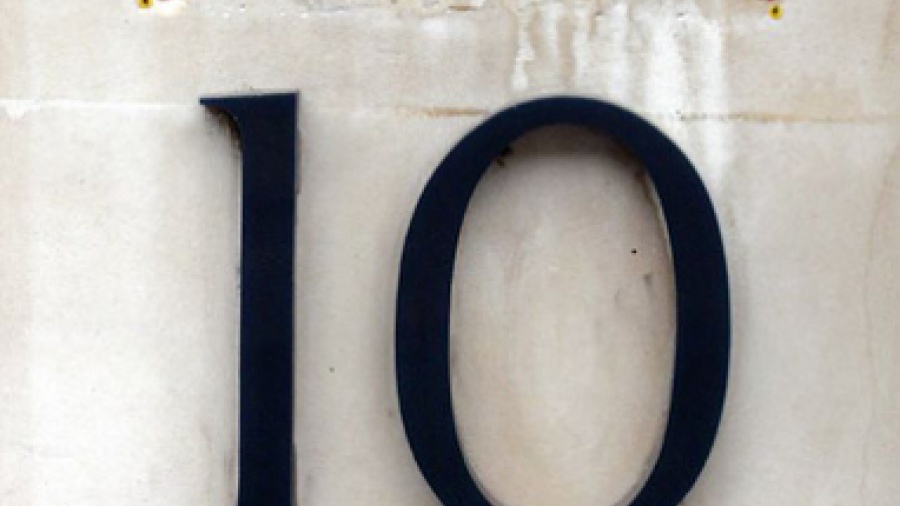In this live blog, Dr. Dipti Anand’s presents her 10 Commandments of Dermatopathology to an audience at the 11th Annual SDPA Fall Conference in Atlanta.
Commandment 1: Diagnosis of Psoriasis is not as Simple as One Might Think
Examples of Where Psoriasis May Be Difficult to Diagnose
- Volar sites
- Look identical to dyshidrotic dermatitis, irritant dermatitis and dermatophytosis
- Erythroderma
- Results in primitive appearing aepithelium: less defined maturation
- Look for suprabasilar mitosis; dilated blood vessels
- Irritated and macerated Lesions
- Partially Treated Lesions
- Early Evolving Lesions
- Rubbed Lesions
- Solitary Isolated Lesions
- Lesions superimposed on other Lesions
- Patients with psoriasis may develop features of psoriasis in coincidental lesions ie, seborrheic keratoses, varicose etc. And so, features of psoriasis seen coincidentally
- Isolated papules of psoriasis may arise that simulate carcinomas or keratoses—often clinically unsuspected
Psoriasis is easy to diagnosis clinically and histologically when characteristic features present. When these features present, however, lesions are not usually biopsied. Those biopsied are the ones that have unusual clinical features. The keys to accurate diagnosis are the ancillary clues and CPC.
Commandment 2: Lichenoid dermatoses can be challenging both clinically and histologically
Lichenoid Inflammatory Cell Infiltrates
This refers to a band of cells, usually lymphocytes, in the papillary dermis that obscures that dermoepidermal junction. Typically Lichen Planus demonstrates itself in this way. It may be seen in both inflammatory skin disorders as well as a reaction to cutaneous neoplasms.
Lichenoid infiltrates can be seen in different conditions, both inflammatory and neoplastic. An infiltrate can obscure a malignant neoplasm, so be aware. Special studies can be helpful but either way, there needs to be clinicopathic correlation.
Commandment 3: Lupus Erythematosus and Dermatomyositis cannot be distinguished from each other based on histology alone.
The distinction between Lupus Erythematosus and Dermatomyositis is in clinical presentation and serology.
For Lupus, band tests are not helpful. Serologic studies are better here. SCLE will show negative on Direct Immunofluorescence in 40-50% of cases. DIF also shows negative in most cases of dermatomyositis, scleroderma, and most other connective tissue diseases
Commandment 4: Leucocytoclastic Vasculitis is a Reaction Pattern: You Cannot Determine the Cause of it from the Biopsy
Know the Causes of Leucocytoclastic Vasculitis
- Infections: Streptococcal, Mycobacterial, Viral
- Drugs: Asprin, Sulfonamides, Penicillin
- Autoimmune disease: Lupus erythematosus, DM, MCTD, RA, Sjogren’s syndrome
- Vascular diseases: PAN, Wegener’s granulomatosis, MPA
- Carcinomas and Lymphomas
- Others: Saroidosis, Hemolytic anemia
Immunflourecence for LCV
Direct IF for vasulitis is not the best. Results will come up as negative if the lesion is more that 24 hours old. The histology and clinical will be straightforward if the DIF is positive
For Uticarial Vasculitis, biopsies will have a low yield if a good history is also not presented. Only 1 in 1000 cases of Urticaria have vasculitus.
Direct Immunofluoresence is useful for determining the cause of leucocytoclastic vasulitis in patients with Henoch-Schonlein purpura.
Commandment 5: Immunofluorescence studies are paramount in diagnosis of Immunobullous Diseases
Common Immunobullous Diseases to Know
Cell Rich Blistering Diseases
- Bullous Pemphigoid
- Dermatitis Herpetiformis
- Linear IgA disease
- Chronic bullous dermatosis of childhood
- Bullous LE
Cell poor blistering diseases
- Porphria cutanea tarda
- Pseudo PCT
- Epidermolysis Bullosa Acquisita
Immunofluorescensce studies also confirm diagnosis of Pemphigus Vulgaris.
Overlapping Histology Between All The Immunobullous Diseases
- Bullous Pemphigoid can show cell-poor subepidermal blisters like Epidermolysis Bullosa Acquisita, Porphria cutanea tarda, Pseudo PCT. They have a Neutrophil-rich subepidermal blister like Dermatitis Herpetiformis and Linear IgA disease.
- DH and LIGA usually have an indistinguishable histology.
- EB, PCT, & Pseudo-PCT can have cell-rich eosinophil or neutrophil predominant subepidermal blister, mimicking BP, DH, LIGA
So Immunofluorescensce is essential in diagnosing.
Always take 2 specimens: one for histology and one for Direct Immunofluorescensce
- The histology specimen should be a punch biopsy including a part of the blister and adjacent skin.
- The IF specimen should be a punch biopsy from non-blistering inflamed skin
- Put the specimen for IF in Michel’s fixative. This preserves Igs for 1-2 days. Send to a lab as soon as possible.
Image: Jon Jordan
